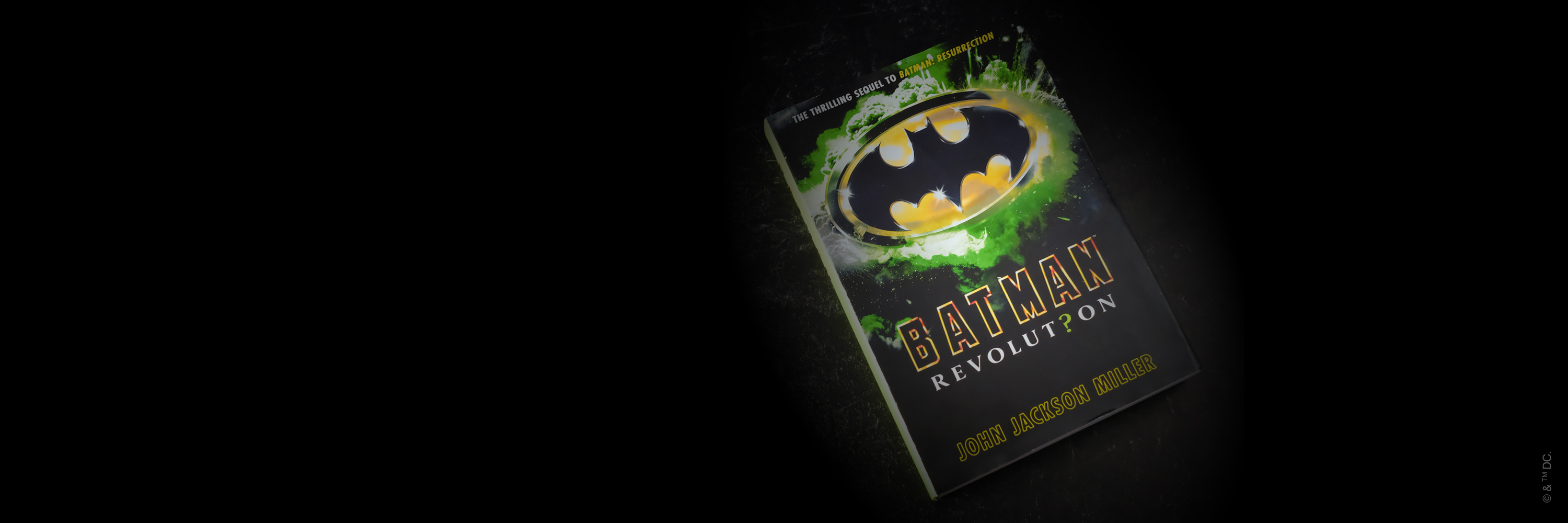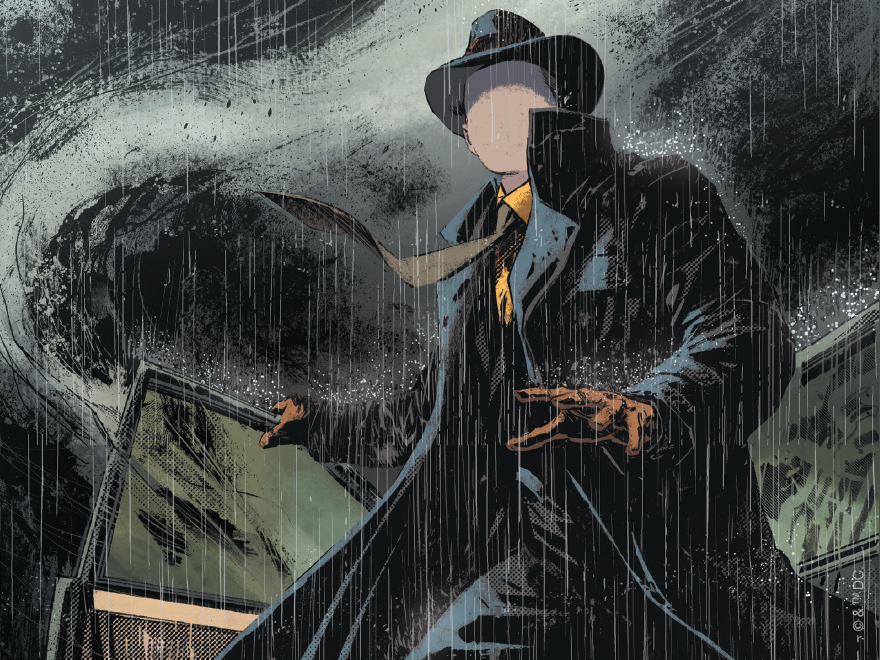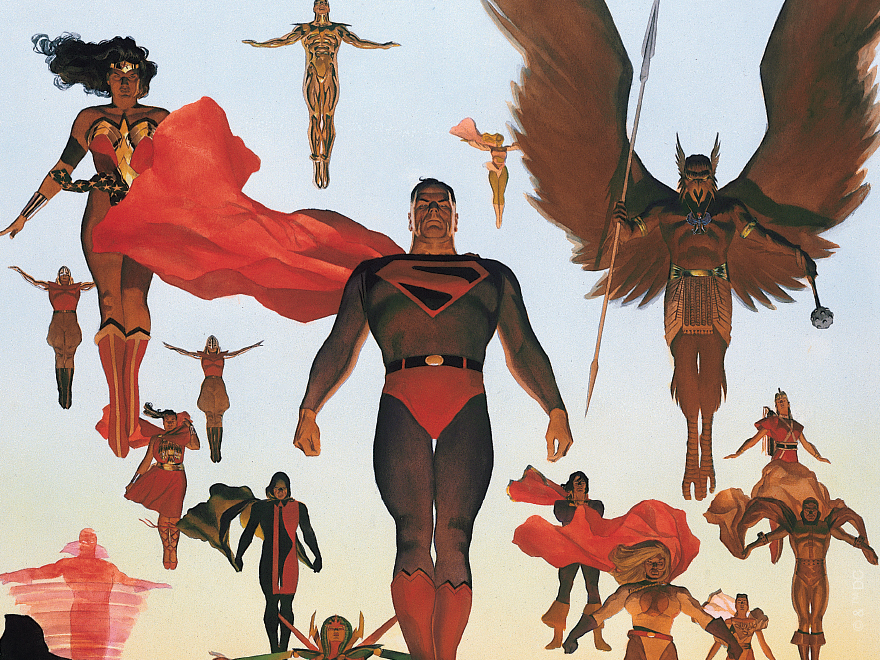It’s been 33 years since Batman Returns left theaters, but the world of Tim Burton’s Batman is still enjoying a healthy life. In fact, it’s more vibrant than ever thanks to the Batman ’89 comic continuation (and it’s sequel Batman ’89: Echoes), Michael Keaton’s return as Batman in The Flash, a fun trip through the multiverse in Batman #135 and John Jackson Miller’s Batman: Resurrection novel.
Set between Batman and Batman Returns, Batman: Resurrection bridged the gap between the two movies as the Caped Crusader tangled with Clayface and—well, let’s not spoil who the other surprise villain was. Now, Miller is returning to Gotham again with Batman: Revolution, a new novel set within the universe of Batman ’89. What can we expect from this Resurrection follow-up and how does it further expand the world? We sat down with Miller to get the scoop.
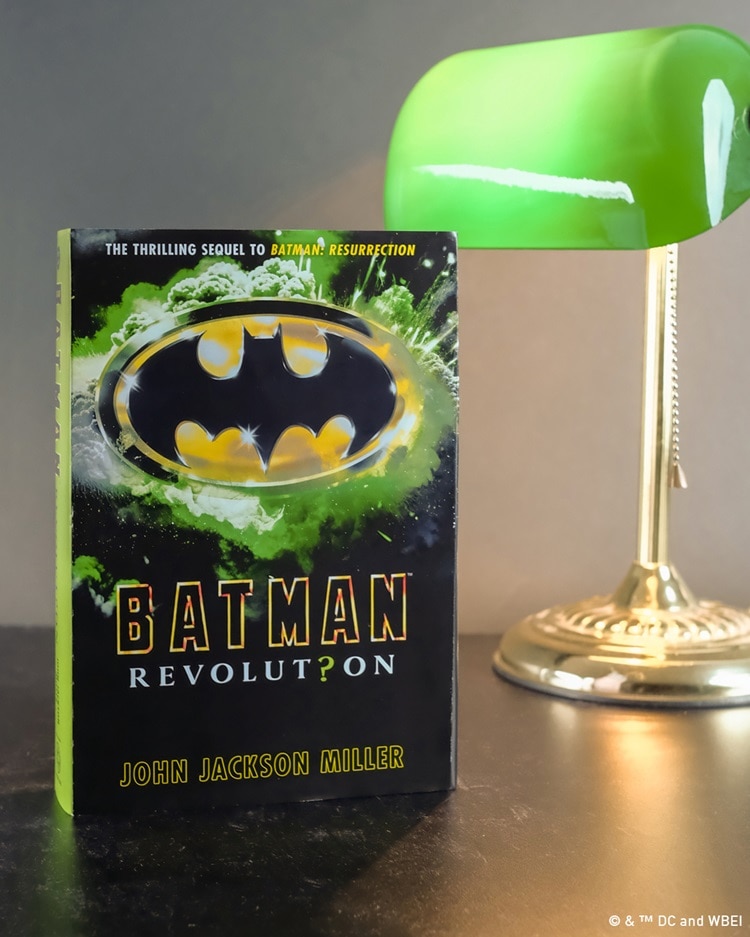
Has anyone involved with Batman and Batman Returns sent you any feedback about the book?
[Executive producer] Michael Uslan is a fan, which is great because these books would not exist without his movies. He has been very supportive of this project all the way. He's right there wanting to know, “When can I get a copy of the manuscript, because I really want to read it.” I've just been absolutely overjoyed with the support that he's given us.
I got a nice note from Sam Hamm, who along with Warren Skaaren was one of the two screenwriters of the 1989 movie. He has been working with Joe Quinones on the Batman ’89 comics. We also have them to thank, and the fact that their series was successful, paving the way for us having the license to do the novels. I got a nice note of support from Sam, and all along we have been coordinating with DC and the Batman ‘89 editor about trying to make sure that if anybody wants to view these two series—the novels and the comics—as one continuum, it works. It also works if they want to view them in isolation.
What’s the difference between a regular Batman story and a Batman ’89 story?
The world that we are presented in the Tim Burton movies is darker than we're necessarily accustomed to in some of the other versions of Batman. It's more somber. It's very isolated, almost claustrophobic. One of the reviewers said of [production designer] Anton Furst’s Gotham City back in the day that there's almost a snow globe feeling to the city. We never leave Gotham City, except to go out to the manor, in either movie. And that is exactly the case in my two books.
Unique to the Tim Burton movies, we have this notion that the Joker killed Bruce Wayne's parents. Regardless of how that came about in the narrative, it is something which in the Resurrection novel, I felt I needed to deal with. Why is he still doing what he's doing? Why did this not resolve his story arc?
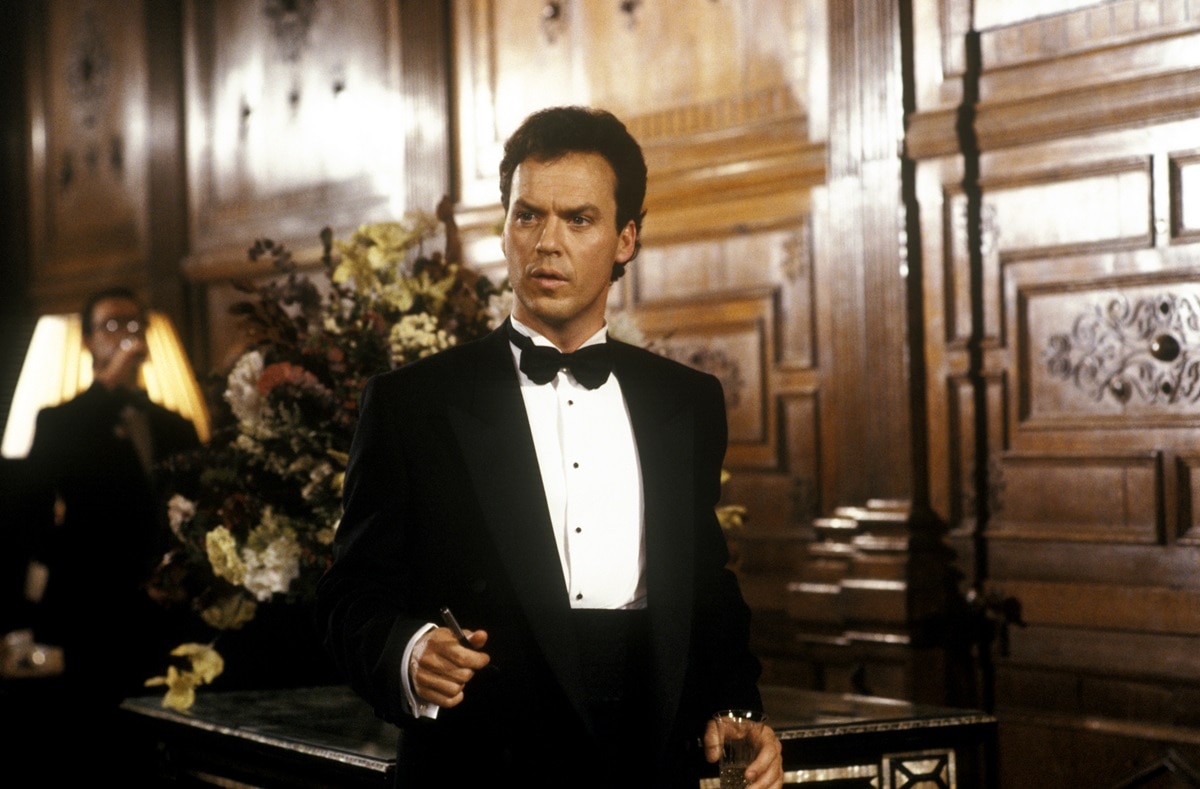
We have a Bruce Wayne who is very different from the playboy Bruce Wayne that you see in the Nolan movies. Bruce Wayne is a solid part of Gotham City's civic life. He's expected to be at the dinner we see for Harvey Dent in the first movie. He is there promoting the bicentennial, trying to save the bicentennial, with a party at his own house in the first movie.
Bruce Wayne has an active role. He's certainly a somber character, but he also has a wry sense of humor. We have sort of a unique interplay between him and some of the other characters, certainly with Alfred.
And then we have the original characters like Alexander Knox. Knox has a big role in the first book. He has an even larger role in Batman: Revolution, because the newspaper is a major part of the storyline. And again, the fact that I have that character there who is so recognizable, and his voice is so recognizable, allows me to have both Batman and Bruce Wayne have interactions with the press and other characters as well, and we can kind of hear those.
Did writing Resurrection and Revolution cause you to look at the Burton/Keaton movies differently?
I had seen them twelve times in the theater back when they came out, and so I kind of had them memorized all these years. I had questions about the films—or at least, certainly about the first film that had come up in my initial reviews for my college newspaper. I did get to answer those questions in Batman: Resurrection. Diving into Revolution, which is incidentally the longest novel I've ever written—it's a good 150 pages or longer than Resurrection was. I got to kind of really get into the notion of what it is like to live in this city.
Obviously, people were willing to go rushing out into the streets to join the parade that the Joker puts on, just because they think they're going to get some money. I wanted to dig a little deeper into Gotham City's civic history and show how these people really needed help and really needed somebody to act as a hero for them. It really does not seem to me like it was a paradise before any of these people showed up.
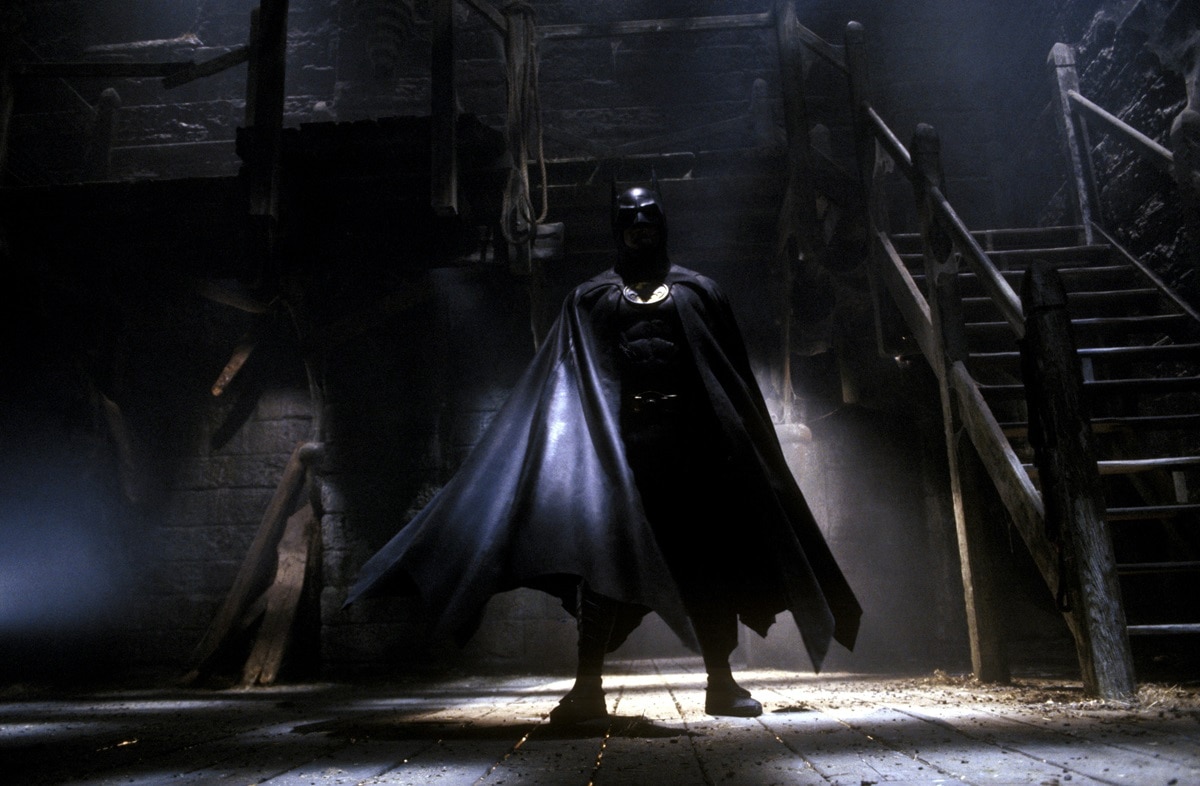
Did you learn anything from writing Resurrection, and if so, how did you carry those lessons into writing Revolution?
The fact that we're writing novels and not comics or a movie means we have a different toolbox. It means that we're going to be in Bruce Wayne's head a lot more. He can't be this character that we never hear from or who rarely speaks. We actually do hear from him quite a lot over the course of the novels. And so, I needed to come up with a style for him that would sort of still have that clipped and brooding taciturn sort of a vibe to it. I continue to refine that in the second book.
Because we have this longer format, I get into the mechanisms of being Batman. It's one thing to try to explain why the Batwing crashed, but it's another thing to actually say, okay, well, here's how his operations are evolving. He's realizing he's got to get different vehicles for different purposes. He's realizing he's got to get things in different places for different purposes. He's also realizing that there might be too much work for him to do alone, and that is definitely a theme of Batman's story in Revolution.
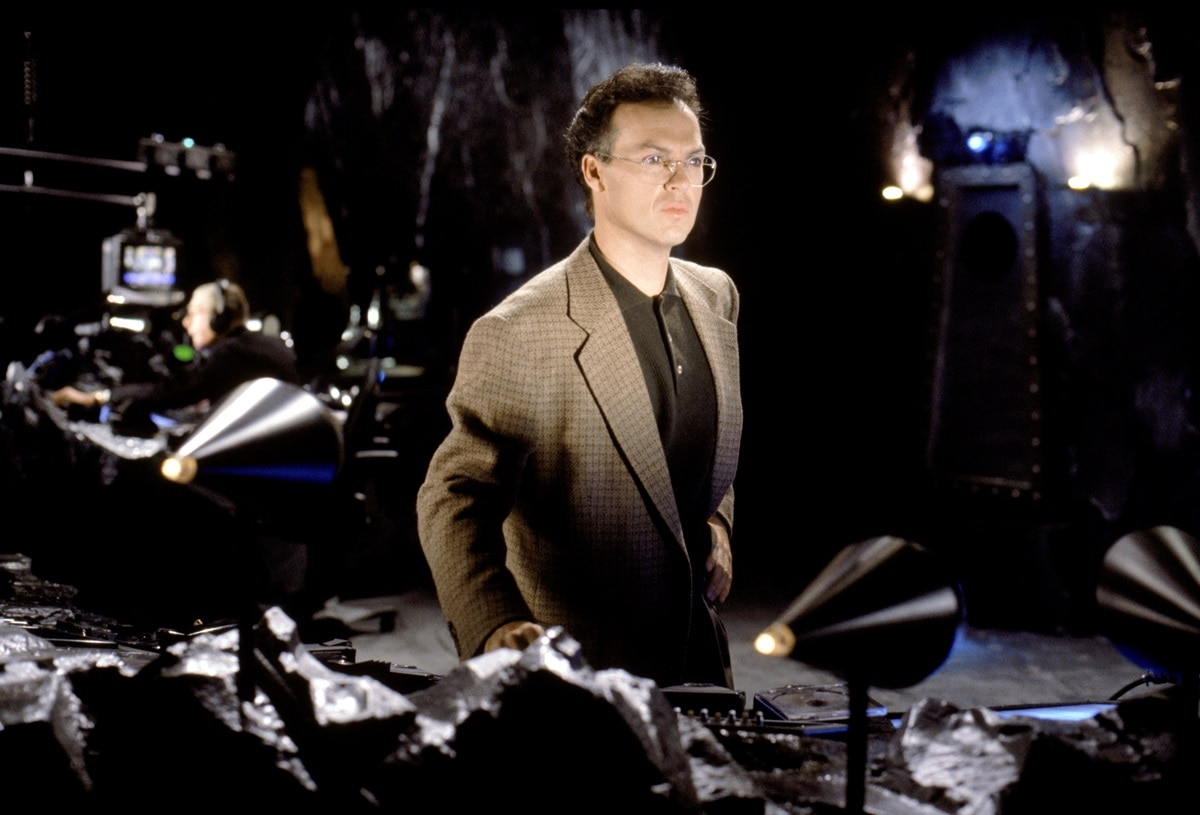
What can fans expect from Batman: Revolution?
I think they're going to get a very fun puzzle, and I'm not even referring to the literal puzzles that we have in the book. We don't hide the notion that we have our version of a Riddler character in this book. Like the movies, the villains are almost as big of stars as Batman and Bruce Wayne.
We really dig into the inner life of this Riddler character that we already introduced in Batman: Resurrection, who considers himself to be the world's greatest detective, and how his increasing interactions with Batman change both of their lives in a way that is going to do a lot of property damage to the city.
In all cases when we're bringing something new or a new character from the rogues gallery in, and there are several that are going to be secret to this book as well, I'm always asking myself, does this feel right? Does this feel like it would have fit into a movie from these creators? If this book came out in 1990 or 1991, would it have felt right in there? That’s what I’m looking for.
Batman: Revolution by John Jackson Miller is now available in print, digital and audio. Click here to meet a young Riddler in a special excerpt.
